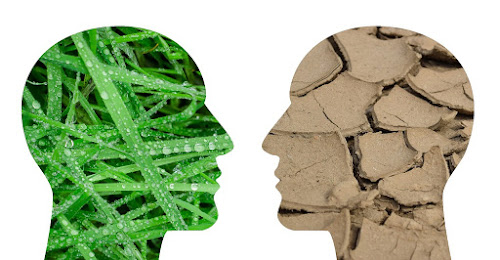 |
| Photo: Wet and Dry, Image by Tumisu from Pixabay |
1. Drought risk in many region of the world is difficult to analyzed out of the short observational record
2. Both natural fluctuation like El Niños and La Niñas and other external factors acts differently from place to place with different paces to impact climate
3. Human produced greenhouse gases (GHGs) and particulates atmospheric pollution influence global changes in temperature, precipitation and regional aridity causing wet-dry pattern
4. Manmade sulfate aerosols and volcanic natural aerosol have partially offset the GHGs induced warming by reflecting the sun’s rays back to the atmosphere
5. Inter Tropical Convergence Zone (ITCZ) is a tropical rain belt formed by the trade winds convergence from both the hemisphere where combined air masses meet, rise up into the atmosphere and condense, producing intense rainfall
6. Until 1980s, manmade particulate pollution in Europe and North America caused a temperature contrast between North and South hemisphere leading movement of ITCZ southwards, away from the cooler northern hemisphere, causing more rainfall over the western US and less over the Sahel and India
7. After 1980, northern hemisphere became warmer than the southern hemisphere due to pollution regulations in North America and Europe reduced aerosol emissions whereas greenhouse effect warmed northern hemisphere faster as it is covered by land than the oceanic southern hemisphere
8. Since ITCZ shifted back northward after 1980, bringing less rainfall to the western US and more to the Sahel
9. Steady increase in GHGs, complex temporal evolution of particulate matters and volcanic eruptions are the forcing agents for varying changes in temperature, precipitation, and aridity
10.Projections of drought under climate change is not only related to greenhouse gas emissions but also the indirect effect of aerosols emissions
Comments